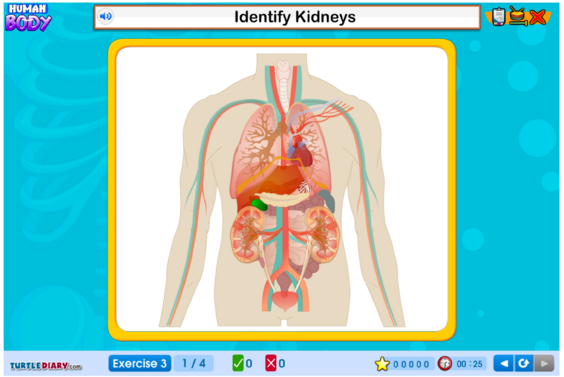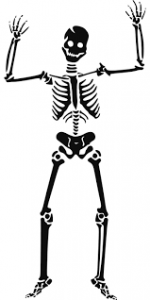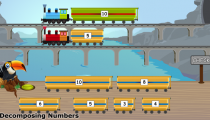From budgeting to determining a proper tip amount, numbers are…

Bring ‘Operation’ to Life With These Human Body Games for Kids
One of kids’ favorite games is Operation. This game, which teaches anatomy by having players “remove” damaged organs with tweezers, has been around over fifty years and been released in numerous versions. It is, however, a bit hard for younger kids to play because it requires well-developed, fine motor skills.
You don’t have to wait until your child is ready for this popular game to begin teaching the human body for kids. Kids begin to learn body parts at a very early age — at least the ones they can see. Who hasn’t played “touch your nose” with a baby?
Helping Preschoolers Learn the Parts of the Body
You can help that learning through the preschool years with a variety of games and activities. Here are some ideas:
- Songs like Head, Shoulders, Knees and Toes in which kids touch each part in synch with the lyrics are great practice and provide some exercise as well.
- Simon Says is a popular kids game, where kids are to follow directions only if prefaced with the words “Simon says…” You can focus specifically on the body parts you want them to learn about. For instance: “Simon says wiggle your left toes.”
- Because dance is all about the body, it’s another great way to learn about its parts. Consider dancing the Hokey-Pokey, which directs kids to “Put your right foot in, pull your right foot out, shake it all about.” The dance goes on until you run out of parts.
Elementary-age Kids Learn Body Parts
 By elementary age, your child will have long since mastered the parts of the body they can see. Now it’s time to take a look at what’s under the skin. This is where interactive human body games for kids especially shine as educational tools.
By elementary age, your child will have long since mastered the parts of the body they can see. Now it’s time to take a look at what’s under the skin. This is where interactive human body games for kids especially shine as educational tools.
Once upon a time, we taught the names and locations of bones and organs by asking kids to memorize them from pictures in a textbook. How boring was that? Your kids are fortunate to be living in a time where technology has made possible a more effective and memorable way to teach about the human body for kids.
How Interactive Games Promote Learning Anatomy
Human body games for kids have several advantages over the old-fashioned rote memorization methods.
- They’re self-paced. Kids learn better without the pressure of keeping up others.
- They’re incremental. Kids can focus on mastering each body system until it’s time for them to move on to a new one.
- Repetition and speed challenge your child until giving the right answers becomes automatic.
- They’re just plain fun — and fun enhances learning.
It’s Even More Fun if You Play Too
If you want to continue your participation in your child’s learning, play these human body games with them. You might be surprised how fun and challenging these games are, especially if you can no longer remember the difference between carpals and metacarpals or where the spleen is located.
If they’re victorious, that’s great! Few things delight children more and help to increase their confidence than besting a parent at an interactive game. You might lose the game, but you win in having helped helping your child master human anatomy in a fun way.



